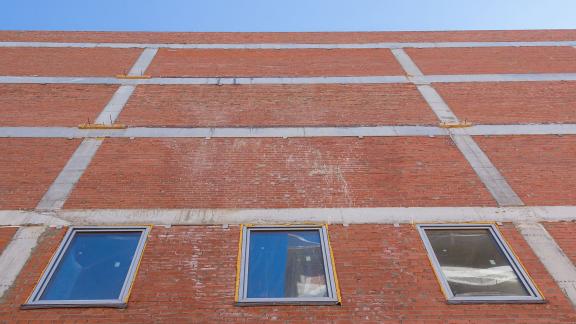New backlog maintenance figures shows effect of starving NHS of vital capital

Responding to the latest NHS England Estates Returns Information Collection Summary data for 2023/24 Matthew Taylor, chief executive of the NHS Confederation, said: “These new figures are deeply worrying and demonstrate just how much the NHS is crying out for vital capital investment. As Lord Darzi pointed out, the health service has been starved of capital funding for more than a decade and the result is an NHS estate that is in desperate need of extensive repairs – particularly those trusts who have issues with reinforced autoclaved aerated concrete (raac). “The cost to eradicate backlog maintenance has risen to £13.8 billion, more than the £13.6 billion total cost of running the entire NHS estate. Time and again capital funding pots have been raided to prop up deficits which stemmed from a decade of underinvestment. “NHS leaders and their teams have been working incredibly hard to keep patients safe despite having to work in crumbling or even sometimes dangerous facilities or with out-of-date equipment. “It is clear that the NHS must have more capital funding if it is going to tackle crumbling estates, replace out-dated equipment, invest in the latest digital technologies and boost productivity. Health leaders have told us that they need an annual rise in capital funding of £6.4 billion each year of the current spending review period if they are going to achieve these ambitions. “The government has a fantastic opportunity to use its upcoming 10-year plan for the NHS to give the health service the long-term financial security it needs. If it can address the lack of capital funding then our members will be able to unlock more productivity to tackle waiting lists and improve performance. Our new discussion paper concludes that ministers are likely to need several options to raise capital, including shared investment models to secure funding on a project-by-project basis from private capital, in addition to government borrowing.” |



